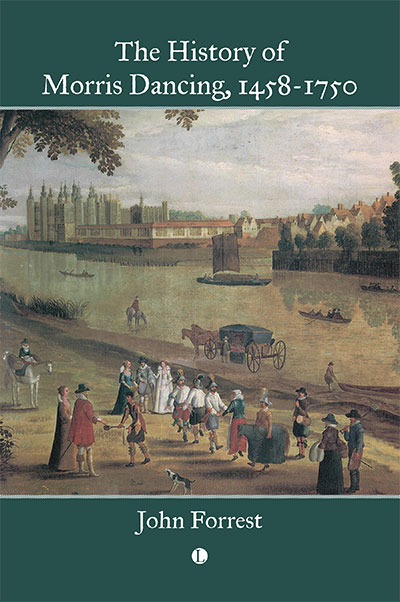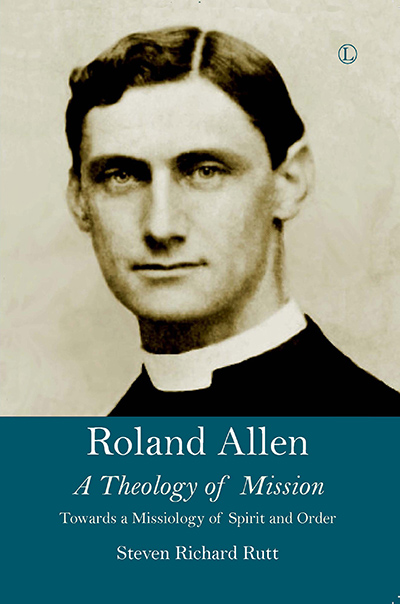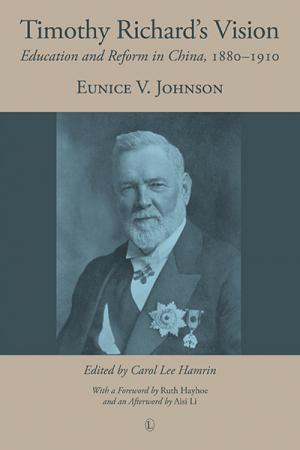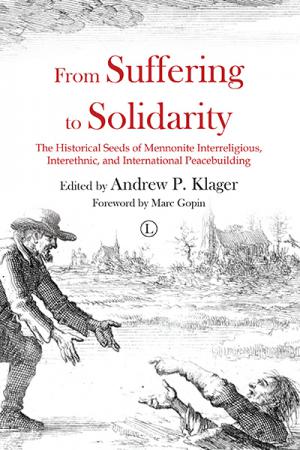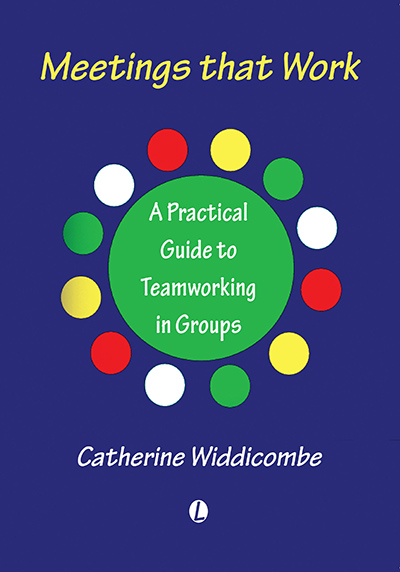Description
Morris dancing, one of the more peculiar of the English folk customs, has been greatly misunderstood. In The History of Morris Dancing, 1458-1750 John Forrest analyses a wealth of evidence to show that Morris dancing does not, as is often assumed, have pagan or ancient origins. He examines early documentation to draw Morris traditions into the wide area of communal custom and public celebrations, showing the passage of dance ideas between groups previously considered folklorically distinct.
Careful, detailed and encyclopaedic, The History of Morris Dancing, 1458-1750, is an essential reference work for specialists in English drama and social historians of the period, as well as offering fascinating insight for those who enjoy Morris dancing.
About the Author
John Forrest is a Professor of Anthropology at State University of New York at Purchase, and has co-authored previous research on Morris Dancing with Michael Heaney.
Contents
Acknowledgments
List of Illustrations
List of Tables
Introduction
1 Theories of Origin
2 The Contexts
3 Earliest References
4 Royal Court
5 Urban Streets
6 Church Property
7 Church Proscription and Prosecution
8 The Public Stage
9 Rural Locations
10 Assemblies and the Country Dance Hall
11 Private Premises
12 Endings
Appendix A: Methodological Issues: The Early Morris Database and Archive
Appendix B: Visitation Articles Banning Morris
Appendix C: Mr Issac’s Morris 1716, Transcription from Feuillet Notation by Allan Terry
Appendix D: Extant Churchwardens’ Accounts
Notes
Bibliography
Index
Endorsements and Reviews
As such it is certainly the best history of the early morris ever produced, and as it sets the dance within a series of social contexts it is also a major contribution to knowledge of early modern history in general.
Ronald Hutton in Rural History by Cambridge University Press, Volume 11, Issue 2, 252-253pp, October, 2000.
Upon finishing this thorough and valuable history, readers will be amply persuaded of Forrest’s conclusions (…). Its careful, complex, detailed analysis is not for the impatient reader, but its rewards for the student of Renaissance spectacle are many.
Ronda Arab, Augusta State University, in Renaissance Quarterly, Volume 55, No. 4 (Winter, 2002), 1444-1446pp.
This is Forrest’s story of early morris. It will certainly give rise to other histories of morris, which will be dependent on his even when questioning or contradicting his, and this will be a measure of his success.
Mary Dove in Dance Research Journal by Edinburgh University Press, Volume 20, Issue 2, October, 2002, 137-138pp.
John Forrest has written a pioneer study finely documented with good notes, apprendices, bibliography and index. So replete this stands as no mean publishing achievement and one altogether worthy of commendation.
John Kent in The Expository Times, Volume 11, Issue 7, April, 2000.
This work is an undoubted landmark in morris scholarship and is of relevance to cultural historians of these centuries, particularly those of dance, music, public ritual and entertainment.
Theresa J. Buckland in Folk Music Journal, Volume 8, No. 1, 103-105pp, 2001.
This is an enormously innovative and exciting approach, which has the potential to be very fruitful in inspiring future work – a function which is perhaps not well understood by the general public, but which scholars understand to be one of the most important, yet most rarely achieved, functions of any piece of scholarship.
Stephen D. Corrsin in Folklore, Volume 113, No.1, 105-106pp., April, 2002.
‘Following the many threads [of each dance their contexts reveals a rich tapestry woven into England’s history,’ Forrest writes in the introduction (xviii), and this impressive book examines ris and its settings in luxuriant and compelling detail.
Skiles Howard in Medieval Renaissance Drama in England, Volume 15, 276-281, 2003.
Forrest’s contribution to the study of early modern dance remains both valuable and impressive. Daunting labor has gone into the acquisition and mastery of the material on which his analysis is grounded, and he has formulated a trenchant challenge to the traditional lines of interpretation of the morris dance.
Marianne Robins in The Sixteenth Century Journal, Volume 32, No. 3, 911-912pp, Autumn, 2001.

